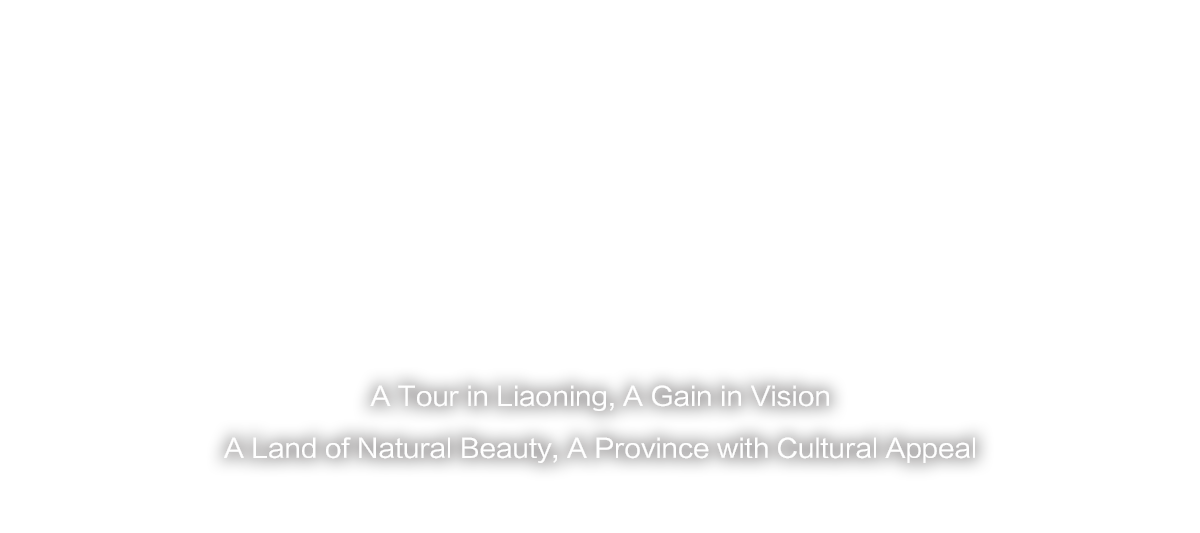In 1974, two classical Chinese silk paintings from the Liao Dynasty, entitled Meeting for Weiqi in the Mountain and Bamboo, Sparrows and a Pair of Rabbits, were excavated from Tomb No. 7 of the Liao Dynasty in Yemaotai Town, Faku County, Shenyang City, Liaoning Province.
They are the only two silk paintings of the Liao Dynasty to date. They are also the earliest two hanging-scroll silk paintings in China, occupying an important position in the history of Chinese painting.
Meeting for Weiqi in the Mountain is panoramic in composition. The cloud, mountain, trees, rocks, pavilions, and streams are integrated into a harmonious whole.
The pavilions in the painting are neatly arranged with winding corridors. The view of the yard is partly blocked by the mountain and rocks. Vigorous and lush Pine trees are scattered among the mountain and pavilions as well as on the stream banks. Two hermits sit across the table in the yard, playing weiqi (a traditional Chinese chess game). A boy servant is nearby, waiting upon them. Not far away, A scholar walking with a cane is accompanied by two boys servants carrying a guqin (a Chinese zither) and wine. They follow the path beside the stream to pay a visit. The two pairs in the mountain and at the foot of the mountain correspond with each other. The hermits waiting for the arrival of their friend are laying out the weiqi table, while the visitor is arriving with a guqin and wine. What refined tastes!
Bamboo, Sparrows and a Pair of Rabbits depicts a grove of double-outlined ink-bamboo. Three tall bamboo poles stand out from the grove, with three sparrows perching on them respectively.
The left one is foraging, the middle one is standing still while looking down, and the right one is preening itself. The sparrows’ postures are different.
Under the bamboo grove are three wildflowers, including a dandelion on the left, a Chinese foxglove in the middle, and a pasqueflower on the right, which are bright-colored, luxuriant, and conspicuous.
The two gray rabbits are the subject of this painting, one eating grass and the other looking around, lifelike and vivacious.
The descriptions in the silk paintings excavated in Yemaotai are accurate in modeling and exquisite in design and color. Their style resembles that of the landscape painting school from the Central Plains of China, of which Jing Hao and Guan Tong from the Five Dynasties and the Northern Song Dynasty are representatives.
The owner of the silk paintings excavated in Yemaotai was an aristocratic lady in the Liao Dynasty, however, there were no historical records. At present, one viewpoint of the Liao Dynasty history community is that she was the princess royal of the kingdom of Han in the Liao Dynasty, namely the daughter of Yelyu Longqing, King of the Qinjin State. Therefore, this lady was the granddaughter of Yelyu Xian, Emperor Jingzong of the Liao Dynasty and Queen Xiao Chuo. She was married to Xiao Pidi, an influential mandarin of the Liao Dynasty.
According to Feng Yongqian who was in charge of the excavation from the Liao Dynasty tombs in Yemaotai, it was likely that Xiao Pidi was Xiao Changyi, the castellan of Weizhou City in Faku in the Liao Dynasty. If the hypothesis proves to be true, these two silk paintings are most likely to have been royal gifts from the emperor.

